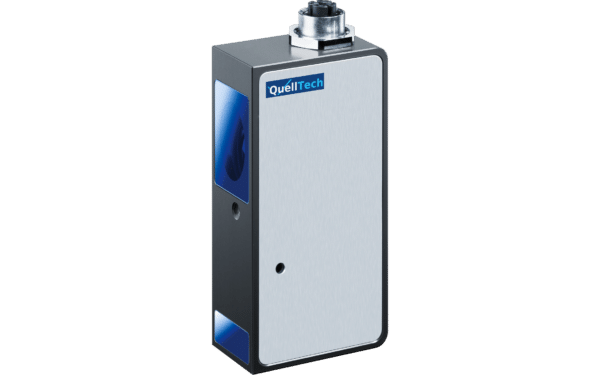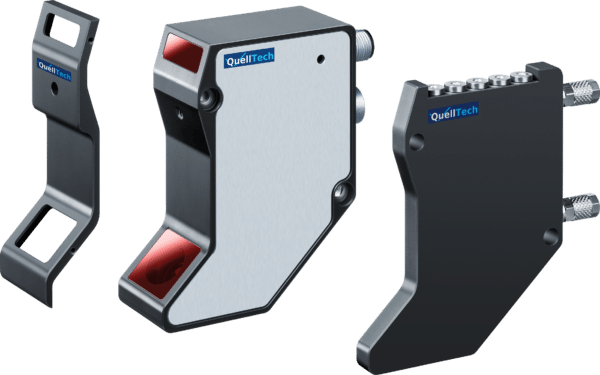Inline measurement technology
What is meant by “inline measurement technology”?
The aim of inline measurement technology is to record measurement data within the production line in cycles and use it for process control and quality assurance. This makes it possible to react quickly to process changes in order to stabilize the processes and to check and ensure the quality of the manufactured products. In contrast to measurement technology that is often used under laboratory conditions and as random sample testing, inline measurement technology can be used to achieve a prompt 100% inspection under production-related testing conditions. Extensive measurement data can be recorded and used for process analysis. Manufacturing processes can then be analyzed and optimized using statistical process control or AI.
For which processes / in which industries is inline measurement technology used?
Processes:
- Form- und Maßprüfung
- Oberflächeninspektion
- Vollständigkeitsprüfung
- Objekterkennung
- Lagebestimmung
- Anwesenheitskontrolle
- Ebenheitsprüfung
- Erkennen von Verunreinigungen
- Fehlerprüfung von Bahnware
- Abstands- und Positionsbestimmung
Industries:
- Steel processing
- Mechanical engineering
- Automotive
- Food
- Aerospace
- Mobile radio
- Energy technology
- Mining
- Pharmaceuticals
Why is inline measurement technology so important for quality inspection in production?
Manufacturing products and systems of the highest quality, flexibly and at low cost is a must for companies in today’s global competition. Inline measurement technology plays a particularly important role here. Final tests on the product or random sample tests under laboratory conditions are no longer sufficient against the background of increased requirements. Both in series production and in batch size 1 production, it is important to avoid rejects and rework and to ensure consistently high production quality.
As a result of the increasing level of automation in the industry, measurement technology is also being automated and takes place directly during machining. This so-called inline inspection of pre-products enables the ejection of faulty products even before they are assembled into a more complex unit. This 100% inspection enables the minimization of rejects and expensive customer complaints. Another advantage of inline measurement technology is the monitoring and optimization of machine downtimes.
Definition and importance of inline measurement technology
In times of digitalization, the development of measurement technology to accompany production is progressing rapidly. Metrology and production are increasingly moving closer together. Real-time measurement data supports inline quality assurance processes. Customers from the manufacturing industry not only expect precise and reliable measurement data, but increasingly also visualization of this data in real time.
Application-specific visualized data is like a tool with which all conditions can be reliably evaluated and processes proactively controlled. Without this measurement data, which is determined by modern sensors and measurement technology and evaluated by intelligent software in fractions of a second, quality assurance is not possible. The demand for a solution for checking tolerances and structures in manufacturing processes is increasing enormously.





